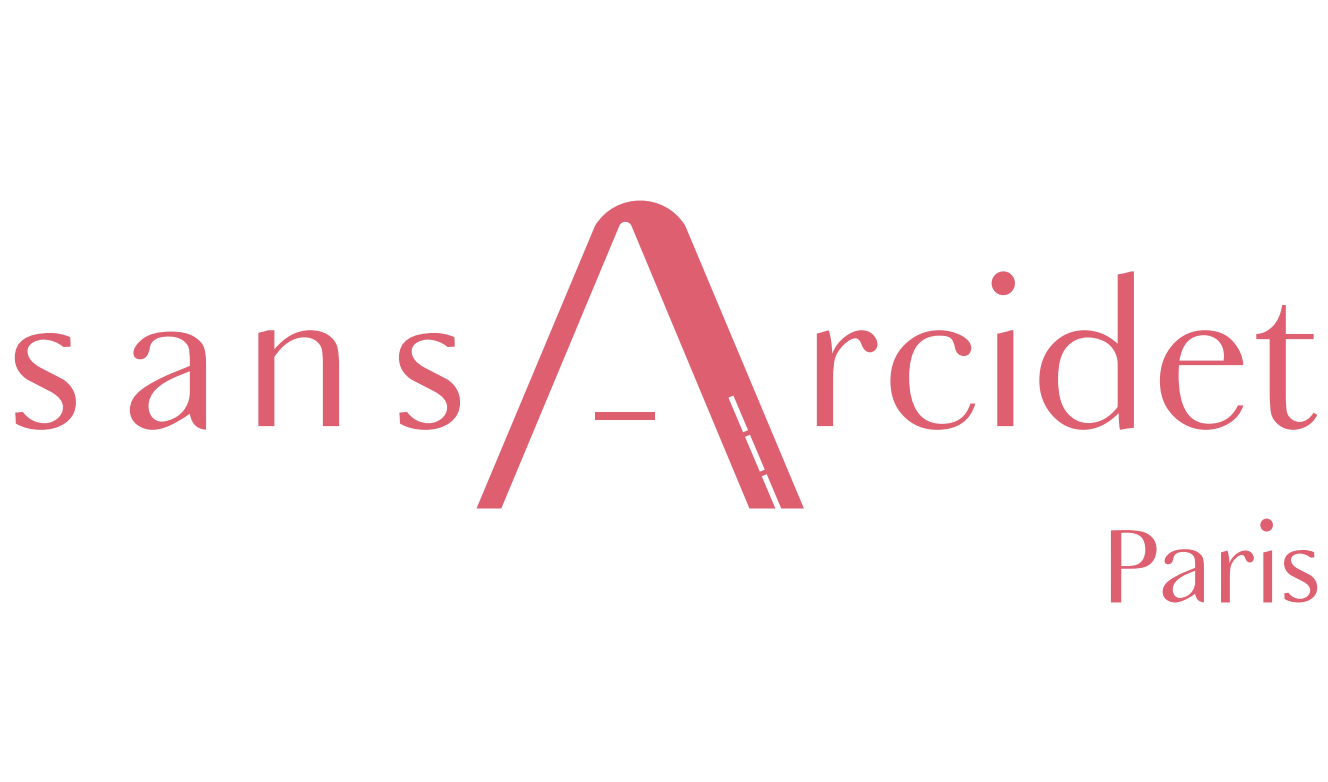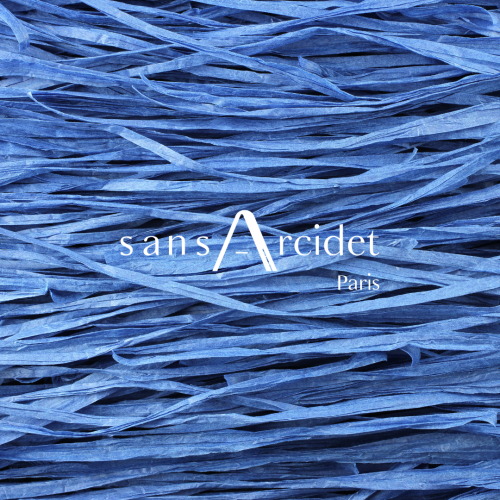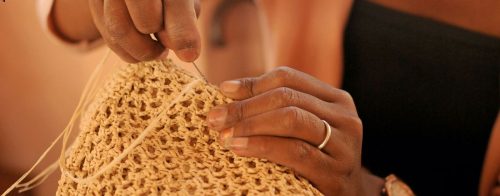Fourth part of our series “In the backstage of Sans-Arcidet Paris”. In this article, we will talk about the Malagasy handicraft on which we rely for the creation of our accessories Learn more about the work of our craftsmen and our workshops.

I think that craftsmanship is important for every country, because it’s a vector of culture and identity.
Samuel , co-stylist at Sans-Arcidet Paris.
The raffia craft is very important on the island, can you tell us why?
I think that craftsmanship is important for any country, because it is a vector of culture and identity. We are convinced that the work and the satisfaction of the gesture well done, are very important in a society because the craft industry makes it possible to link the past to its culture; the “to make” now, and tomorrow by preserving this identity in what is to come. For Madagascar we believe that the craft industry is important because it will allow perhaps one day the revival of a local economy, first in the production of raffia and raw material, but also in the production of various products. In my opinion this island is historically an important point in the Indian Ocean, perhaps the recognition of its crafts will allow it to leave its isolation, to open up more and to allow its population to prosper.
How long have the Kapila workshops existed?
Kapila Workshops was founded 25 years ago, and many of the original staff are still with us. The workshop was originally called Yatahey which means “all is well” in Navajo. The name and logo were changed when Corinne met the Mikea people and was overwhelmed by their lifestyle. Kapila is the Mikea word for a hollowed out wooden container with a lid. It is carried like a backpack and allows them to collect honey from the dry forest.
How many people work in your workshop?
This varies because in addition to our employees we have day laborers and pieceworkers, but about 160 permanent employees and this easily doubles when counting pieceworkers and even more when considering subcontractors.
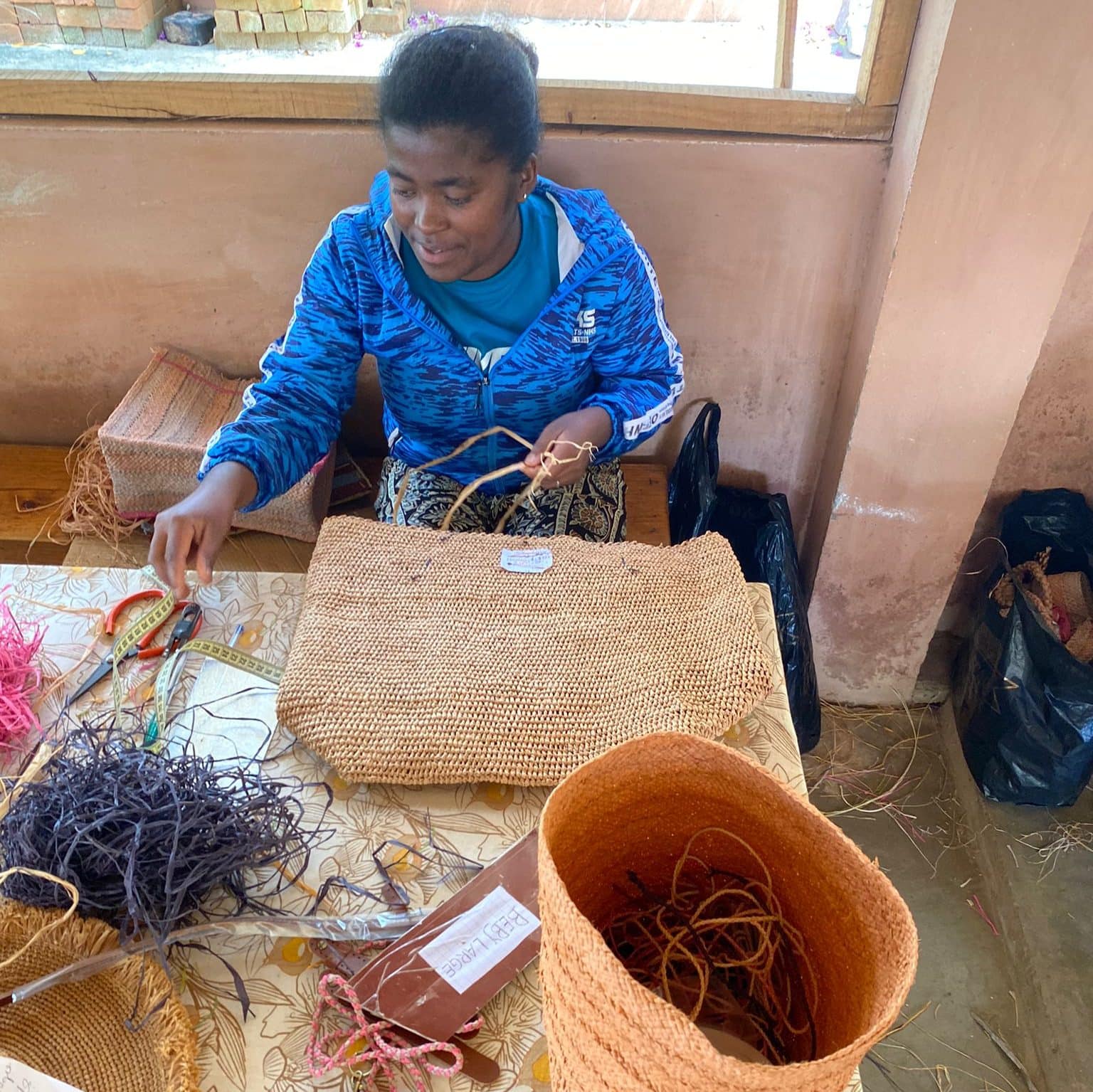
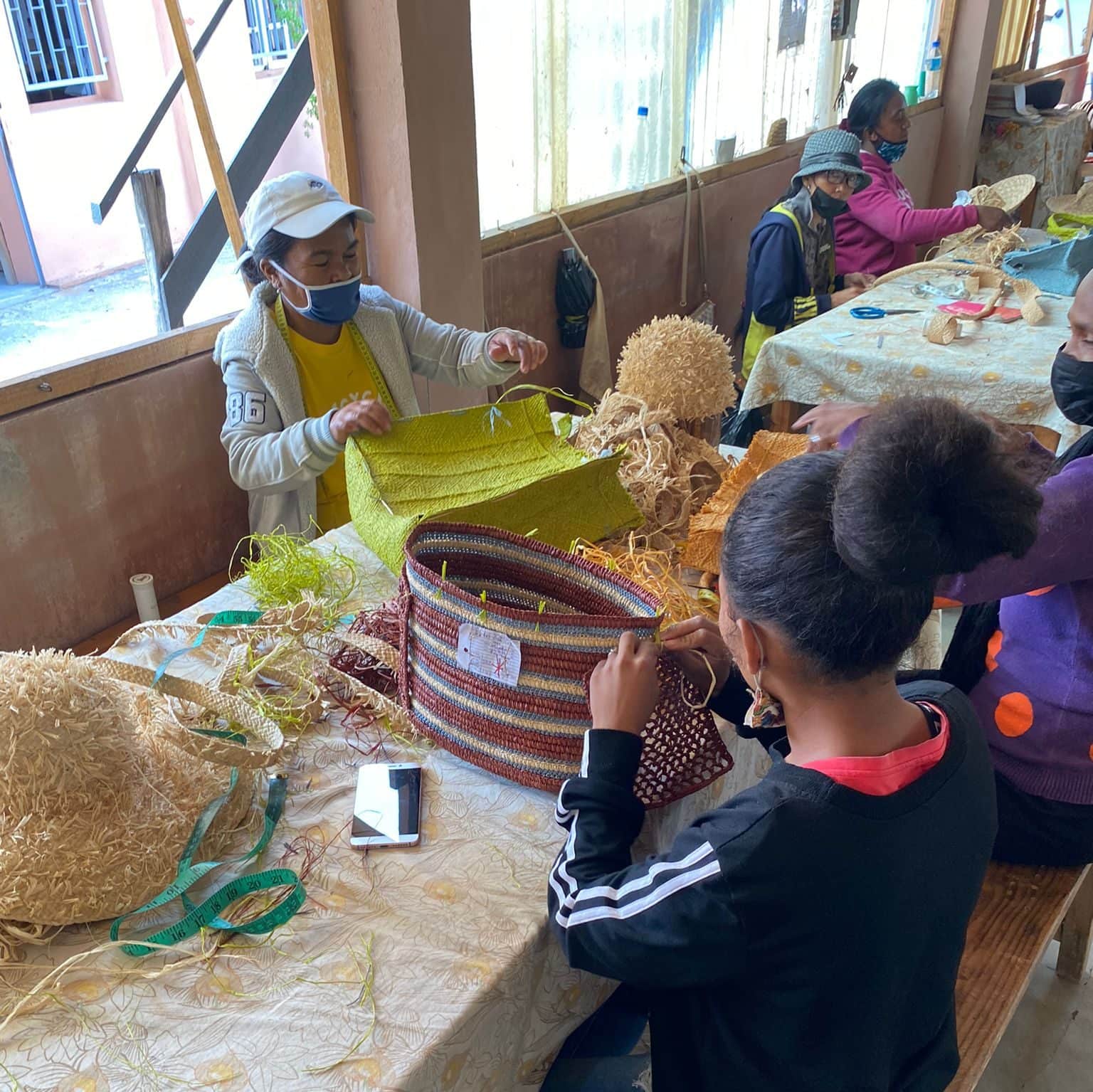
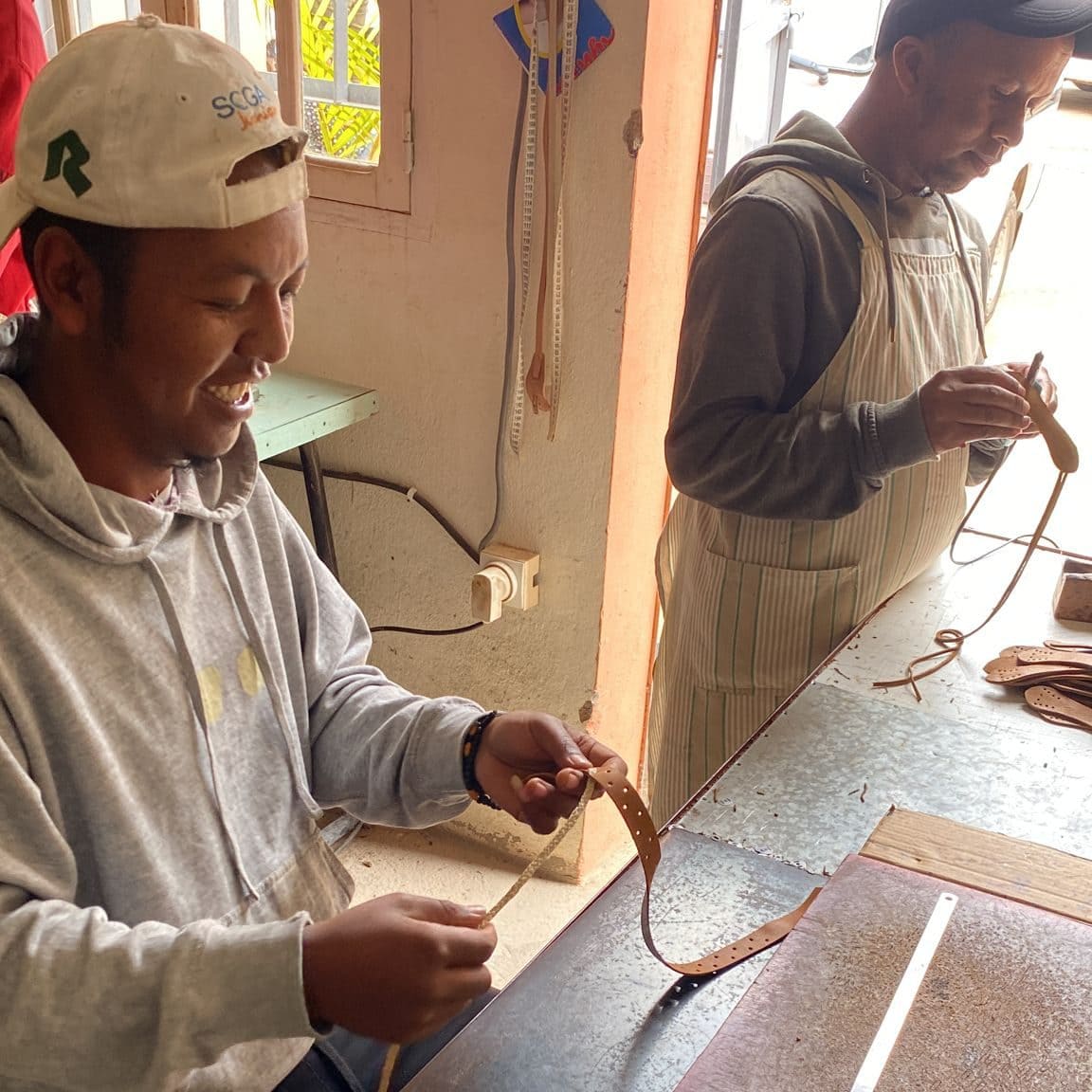
What are the different jobs in the workshop?
Our workshops regroup several professions: The dyeing, at the base of everything allowing us to clean and dye the raffia to create the colors of our collections. Then come the crochet and braiding workshops where the different raffia elements are made. At this point, our leather goods workshop comes into action to create handles, clasps and different leather finishing elements. In the same way, we have a sewing workshop for pocket linings and fabric accessories which is one of the only mechanized stations of the production with some machines in the leather workshop. Finally, these different elements are assembled in our finishing workshop where expert hands take care of assembling and finishing our products. Finally, all of this is sent to the quality control department where the last cleanings are done before being packaged and sent to Paris where they will be presented, sublimated and distributed in the most beautiful stores around the world!
How are the craftsmen trained?
The craftsmen are trained by us in our workshops. We recruit a lot during the production period and depending on the level of the person, he/she is assigned to a given workshop according to the needs of the orders. Once the assignment is chosen, the person is taken in charge by the workshop manager and is paired with a craftsman experienced in the process to be carried out.After that, there is a period of adaptation of one or two copies of the product to “get the hang of it”, during which the person is coached so that he/she receives the right instructions and advice needed to make a good quality product. In addition, we offer the possibility to daily or piecework workers to be hired as employees if the person wishes, so they can obtain a more stable income and learn more complex processes that will bring them more profit.
To be continued, our fifth and final episode on the future projects of Sans-Arcidet Paris.
